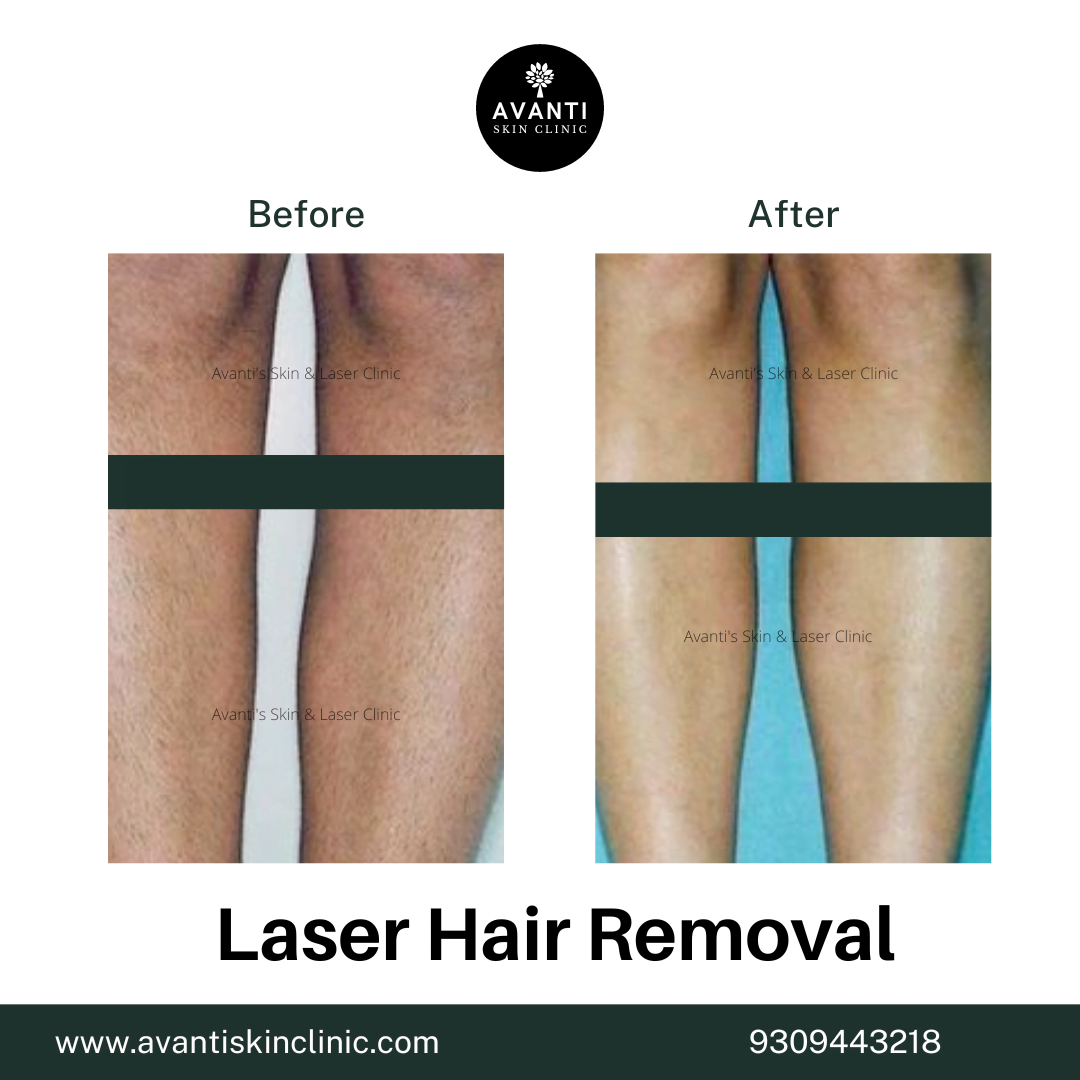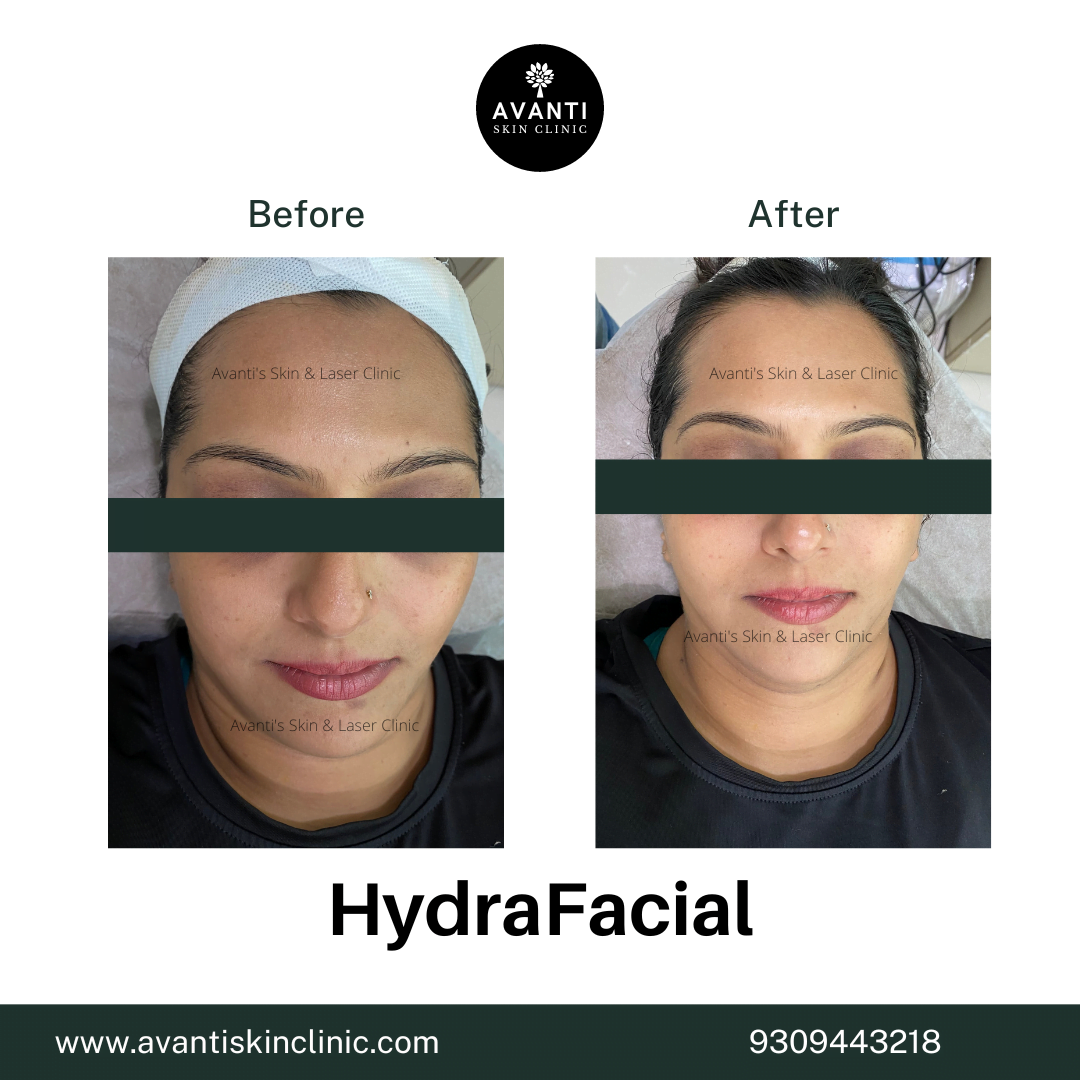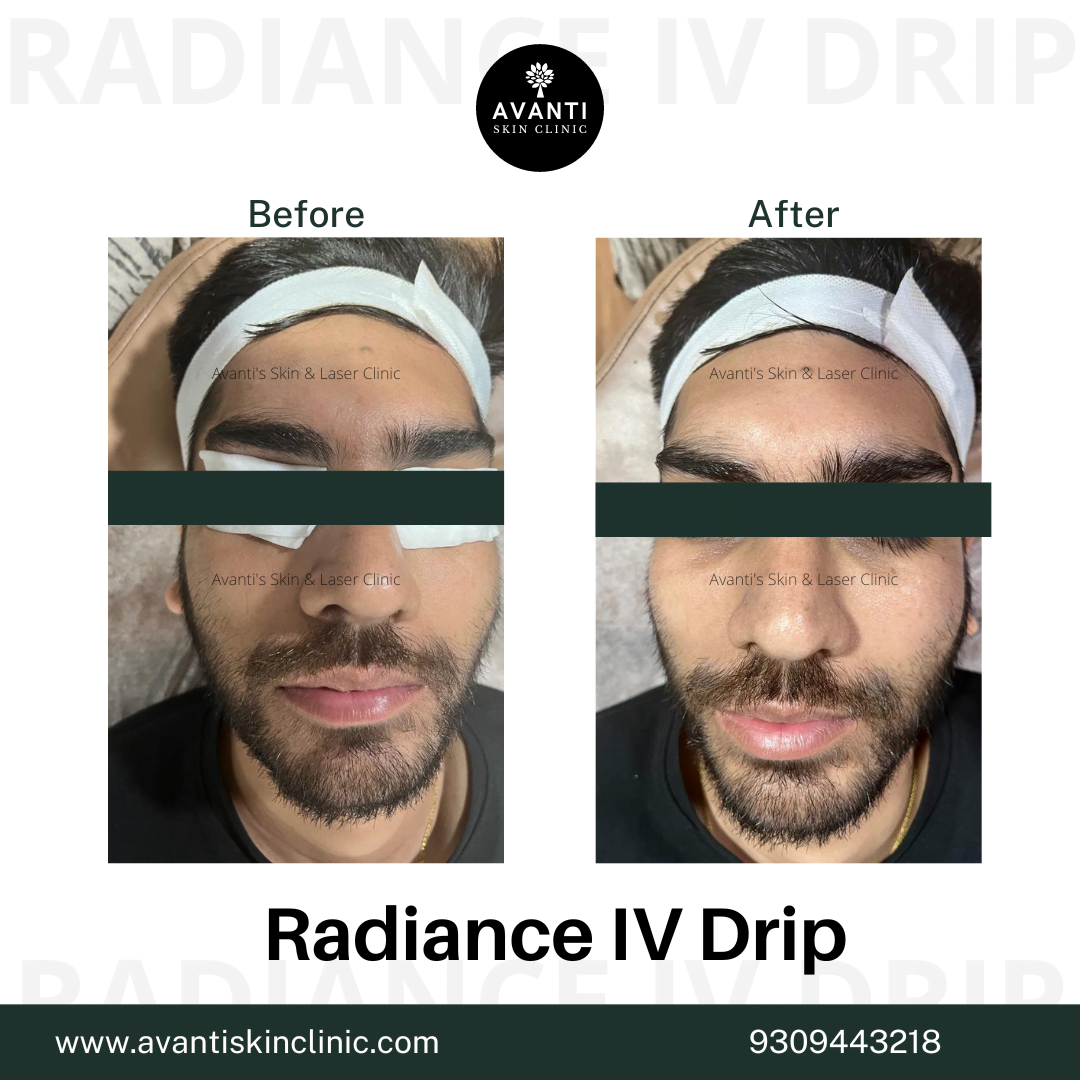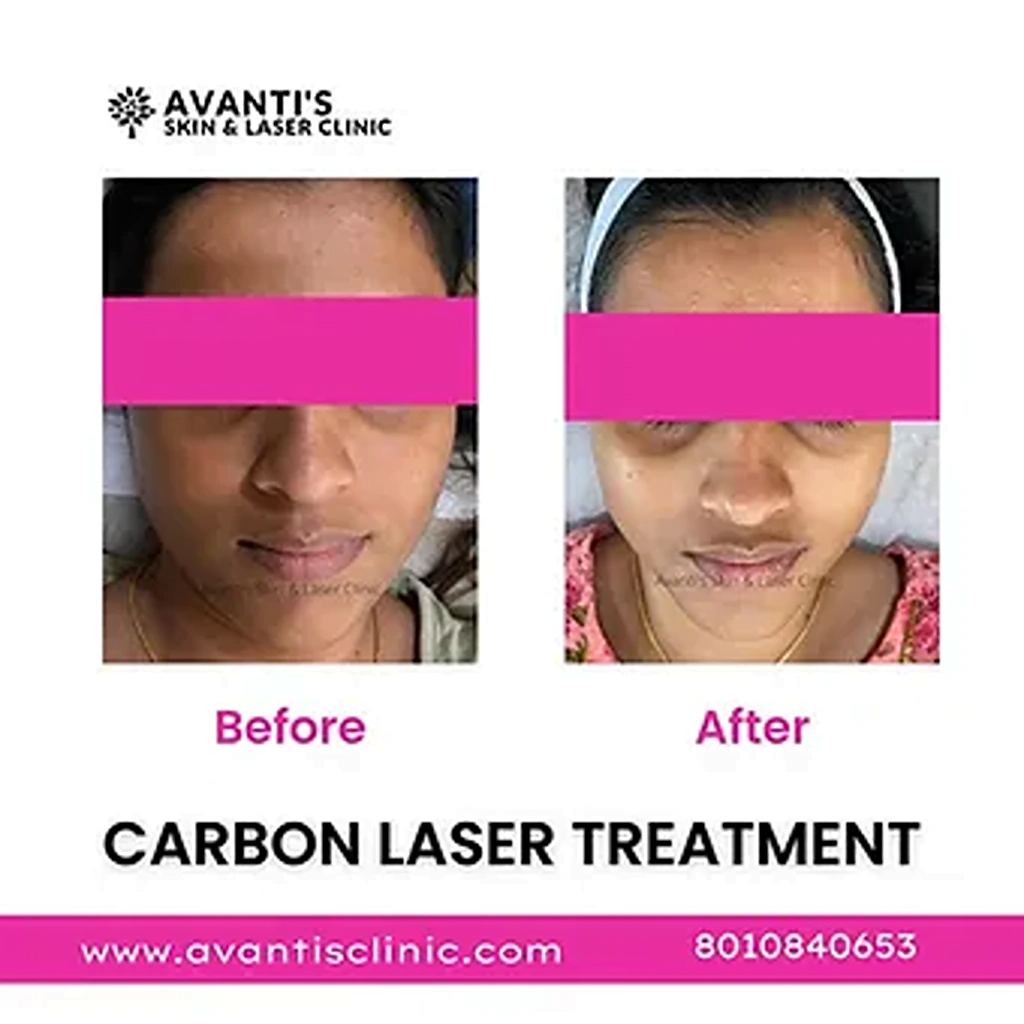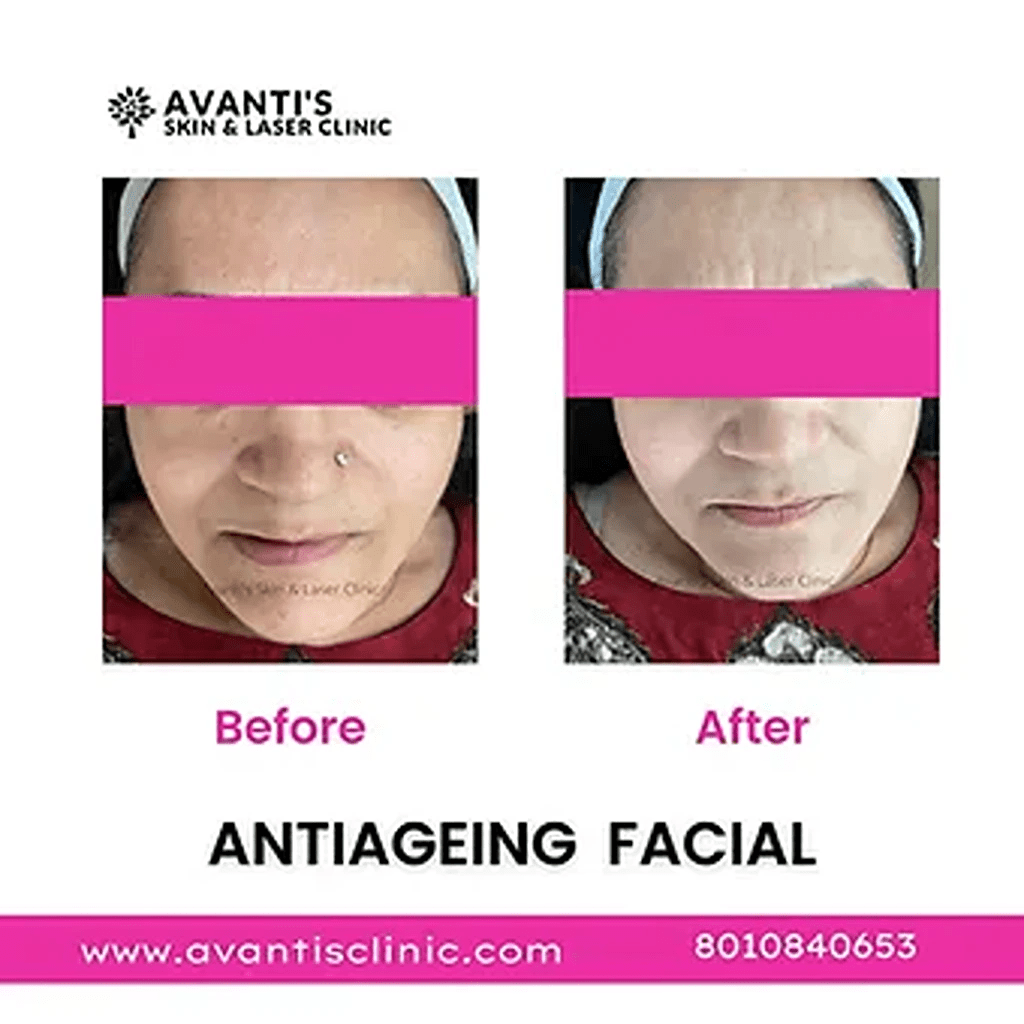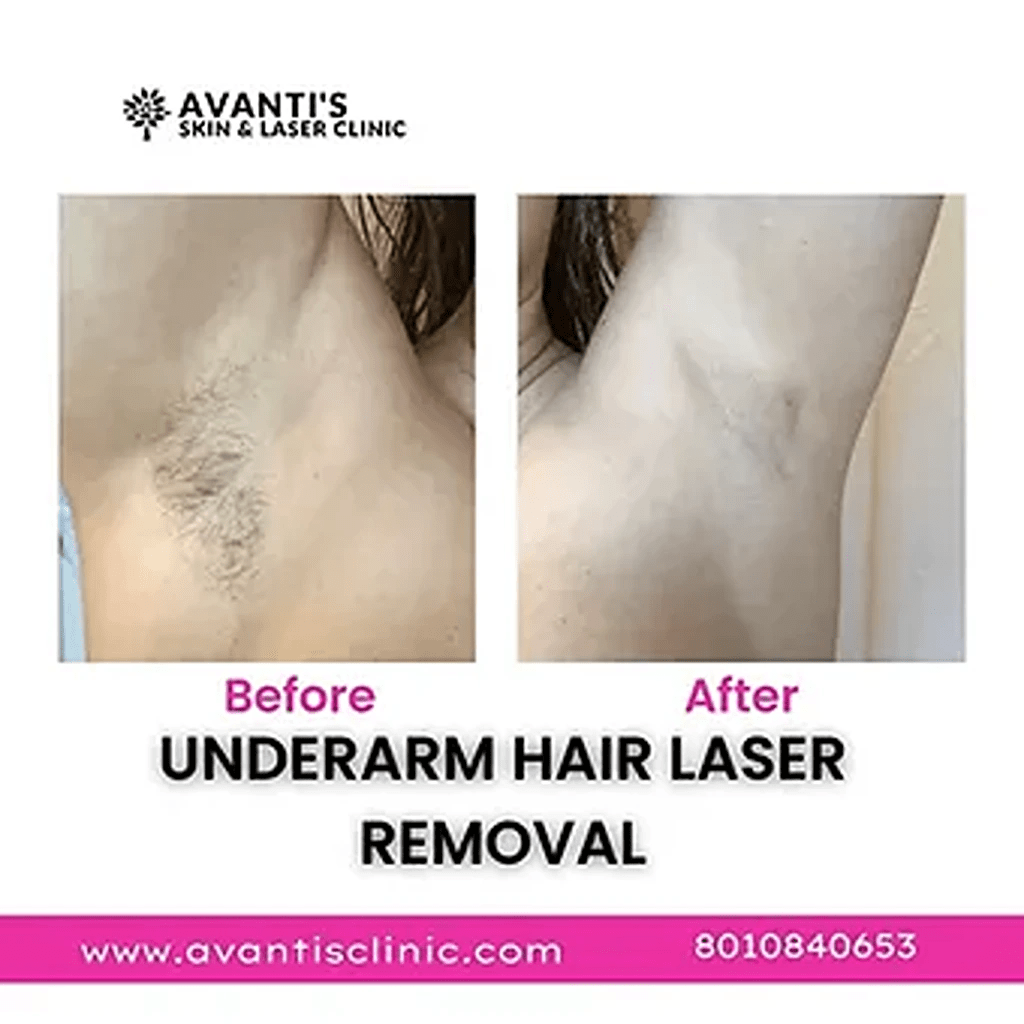Melasma Treatment: How to Get Rid of Melasma on the Face
Melasma is a common yet complex skin condition that often affects the face, leading to dark, blotchy patches that can be difficult to manage. While not medically dangerous, melasma can be emotionally distressing, especially when it’s persistent and difficult to conceal.
If you’re struggling with this condition, you’ve probably wondered how to treat melasma effectively and whether there’s a way to restore your natural, even complexion. In this guide, we’ll explore melasma treatment options, understand its causes, and help you discover the best treatment for melasma on face for long-term results.
What Is Melasma?
Melasma is a form of hyperpigmentation that appears as brown, grey, or tan patches on the skin, most commonly on the cheeks, forehead, bridge of the nose, and upper lip. It is especially prevalent in women and often triggered by hormonal changes, sun exposure, and genetics.
This condition is sometimes referred to as the “mask of pregnancy” because it frequently occurs during hormonal shifts such as pregnancy or while taking oral contraceptives.
What Causes Melasma?
Before diving into how to get rid of melasma, it’s essential to understand the underlying causes. Melasma is often the result of:
- Sun exposure: Ultraviolet rays stimulate melanocytes (pigment-producing cells), worsening existing patches.
- Hormonal fluctuations: Pregnancy, birth control pills, or hormone therapy can trigger melasma.
- Genetics: If melasma runs in your family, you’re more likely to develop it.
- Skincare products: Some products can irritate the skin and worsen pigmentation.
Because of these complex triggers, melasma treatment often requires a multi-pronged and patient-specific approach.
How to Treat Melasma: First Steps
If you’re wondering how to treat melasma, the first and most crucial step is sun protection. Melasma is notoriously photosensitive, meaning even minimal sun exposure can cause it to flare up.
Start With These Basics:
- Apply a broad-spectrum SPF 50+ sunscreen daily—even indoors.
- Wear wide-brimmed hats and seek shade during peak hours.
- Avoid tanning beds and direct sun after skin treatments.
While these steps won’t treat the patches directly, they are essential to prevent worsening and support other treatments.
Topical Treatments: The First Line of Defence
Topicals are often the first step when seeking a treatment for melasma on face. Here are some of the most effective ingredients and combinations:
1. Hydroquinone
A powerful skin-lightening agent that works by decreasing melanin production. Often available in 2–4% formulations.
2. Tretinoin and Retinoids
These vitamin A derivatives accelerate cell turnover, helping fade pigmented cells faster.
3. Azelaic Acid
A gentle, effective treatment that reduces pigmentation and inflammation, suitable for sensitive skin.
4. Kojic Acid & Arbutin
Natural lightening agents are often used alongside other ingredients for enhanced results.
These topical agents are considered some of the best melasma treatment options for mild to moderate cases when used consistently.
In-Clinic Procedures for Deeper Results
If topicals don’t provide the desired improvement, dermatologists often recommend in-clinic treatments. These advanced methods offer faster and more visible results, especially for stubborn pigmentation.
1. Chemical Peels
Peels using glycolic, lactic, or salicylic acid exfoliate the skin, fade pigmentation, and enhance the effectiveness of topical treatments.
2. Laser Therapy
Low-energy lasers (like Q-switched or fractional lasers) can break up melanin deposits. However, lasers must be used cautiously, especially on darker skin tones, as they can cause post-inflammatory hyperpigmentation if misapplied.
3. Microneedling
This involves tiny needles creating micro-injuries in the skin to boost collagen and improve the absorption of topical agents.
4. Mesotherapy
Involves micro-injections of pigment-lightening serums directly into affected areas.
These are among the best treatment for melasma on face options when supervised by a qualified professional.
How to Get Rid of Melasma Safely and Effectively
If you’re determined to find out how to get rid of melasma, the key is combining consistent at-home care with professional treatments. Melasma is a chronic condition—meaning it may reappear even after successful treatment—so ongoing maintenance is vital.
Pro Tips for Managing Melasma:
- Stick to a skincare routine: Use dermatologist-recommended products daily.
- Avoid triggers: This includes hormonal changes, stress, and heat.
- Stay patient: Results can take weeks to months. Don’t expect overnight miracles.
Can Melasma Be Cured?
Many people wonder how melasma can be cured, but the reality is that melasma is typically manageable, not entirely curable. It can fade or disappear with treatment, but flare-ups are common with sun exposure or hormonal changes.
That said, long-term remission is achievable with the right approach. For some, melasma resolves naturally (such as after pregnancy), while others may need ongoing maintenance treatments to keep it under control.
Natural Remedies for Melasma
While professional treatments are the gold standard, some people seek gentle, natural alternatives. These may not deliver dramatic results but can help with prevention and maintenance.
Common Natural Remedies:
- Aloe vera gel: Contains aloesin, a natural depigmenting agent.
- Green tea extract: Offers antioxidant protection.
- Liquorice root: Known for its brightening properties.
Use caution with DIY remedies and always patch test to avoid irritation.
Conclusion
Understanding how to treat melasma is the first step in regaining confidence in your skin. While melasma may not always be curable, it is highly treatable with the right blend of sun protection, skincare, and professional guidance.
Whether you’re exploring topicals or in-clinic procedures, a personalised routine will offer the best melasma treatment for your specific condition. With consistency and care, it is entirely possible to manage symptoms and enjoy clearer, more even-toned skin.
Frequently Asked Questions
Topical agents like hydroquinone and retinoids are first-line options. For stubborn cases, chemical peels or laser therapy may be considered.
It can take anywhere from 6 weeks to several months, depending on the severity and the treatment method used.
While melasma may not be “cured” permanently, it can be controlled effectively with ongoing skincare and sun protection.
Yes, it’s significantly more common in women due to hormonal influences such as pregnancy and oral contraceptives.
Absolutely. Sunscreen is critical in any melasma treatment routine to prevent worsening and support other therapies.
They can offer mild improvement and support prevention, but professional treatments are more effective for significant pigmentation.
Avoid unprotected sun exposure, harsh skincare products, and any treatments not approved by a dermatologist.

